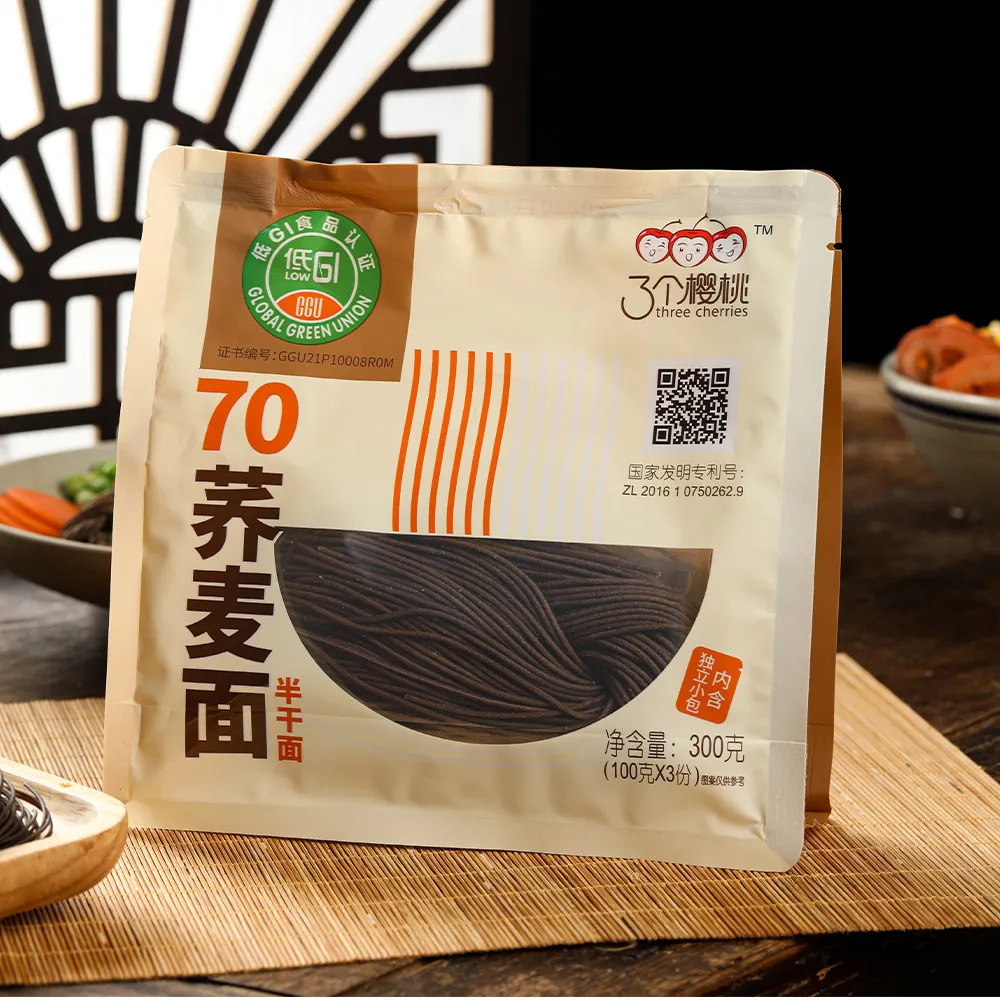is oat pasta gluten free
Is Oat Pasta Gluten-Free?
In the realm of healthy eating and dietary restrictions, gluten-free options have become increasingly popular, particularly for those with celiac disease or gluten sensitivity. One food product that has gained attention is oat pasta, a delicious and nutritious alternative to traditional wheat-based pasta. But the burning question remains is oat pasta gluten-free?
Understanding Oats and Gluten
Oats are naturally gluten-free grains, making them a potential safe choice for those who need to avoid gluten. They come from the Avena sativa plant, which does not contain the gluten proteins found in wheat, barley, or rye. However, there is a caveat cross-contamination with gluten-containing grains can occur during processing. This is why not all oat products are automatically gluten-free. For individuals with celiac disease or severe gluten intolerance, it's crucial to select oats that are specifically labeled as gluten-free.
Oat Pasta Made Right
When it comes to oat pasta, manufacturers produce it primarily from whole grain oats or oat flour. The advantage of oat pasta is that it provides a similar texture and taste to traditional pasta with the added benefits of fiber, protein, and vitamins. Many brands market their oat pasta as a healthy option, offering more nutritional benefits compared to conventional pasta.
However, gluten-free labeling is essential when purchasing oat pasta. It's important to choose products made from 100% gluten-free oats to ensure that they do not pose any risks for those with gluten sensitivity. Some reputable brands have taken measures to produce oat pasta in dedicated facilities, free from gluten contamination, and this is what consumers should seek out.
Nutritional Benefits of Oat Pasta
is oat pasta gluten free

Beyond gluten-free status, oat pasta offers several nutritional benefits that make it a great addition to a balanced diet. One of the most notable advantages is its high fiber content. Oats are known for their soluble fiber, which can support digestive health, lower cholesterol levels, and help maintain a healthy weight. The fiber found in oats can also contribute to a longer-lasting feeling of fullness, making it easier for individuals to manage their appetites.
Additionally, oat pasta contains a variety of essential nutrients, including B vitamins, iron, magnesium, and antioxidants. These nutrients are not only beneficial for overall health but may also play a role in reducing the risk of chronic diseases.
Cooking with Oat Pasta
When it comes to cooking oat pasta, the process is similar to that of traditional pasta. It’s best to follow the cooking instructions provided by the manufacturer, as cooking times can vary. Generally, oat pasta cooks in about 6-10 minutes, depending on the shape and thickness. Due to its unique texture, it pairs well with various sauces, vegetables, and proteins.
It's worth noting that oat pasta may have a slightly different flavor profile compared to wheat pasta. This nuttier taste can enhance the overall dish, and it works particularly well in creamy sauces, hearty stews, or as a salad base. Experimenting with different ingredients can yield delicious and satisfying meals without the gluten.
Final Thoughts
In summary, oat pasta can be a fantastic gluten-free option as long as it is sourced from pure, uncontaminated oats. For those looking to diversify their diets, add nutritional value, and enjoy a new twist on pasta, oat pasta is certainly worth trying. Just be sure to check for gluten-free certification to ensure it meets your dietary needs.
With the growing awareness of health issues related to gluten, options such as oat pasta pave the way for delicious, guilt-free meals while accommodating restrictions. Embrace this wholesome alternative and enjoy the benefits it brings to your table!
-
Is Whole Wheat Pasta Healthy?NewsMay.30,2025
-
Are Soba Noodles Good for Weight Loss?NewsMay.30,2025
-
Are Buckwheat Soba Noodles Healthy?NewsMay.30,2025
-
Are Buckwheat Soba Noodles Gluten Free?NewsMay.30,2025
-
Are Buckwheat Noodles Good for You?NewsMay.30,2025
-
A Healthy Way to Savor Soba and Spicy FlavorsNewsMay.30,2025
-
What Are Lanzhou Noodles?NewsMay.30,2025
Browse qua the following product new the we

















































































































